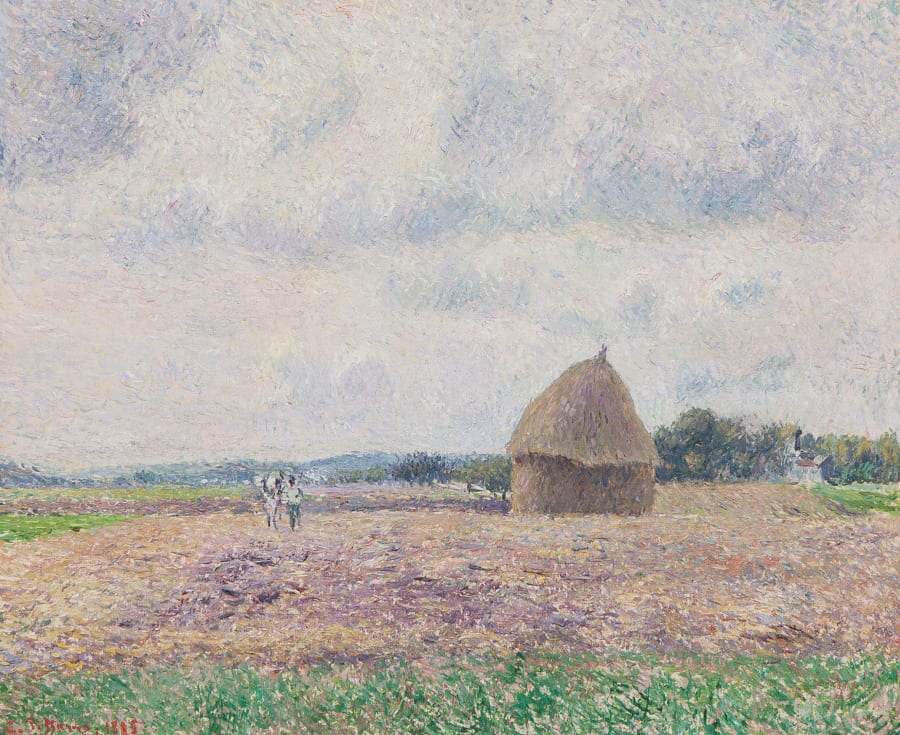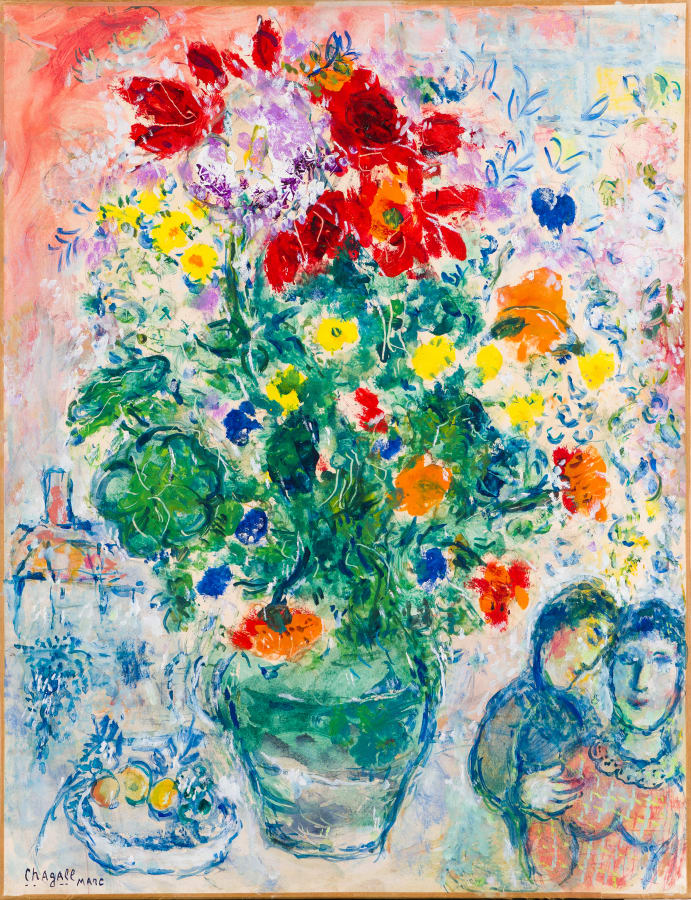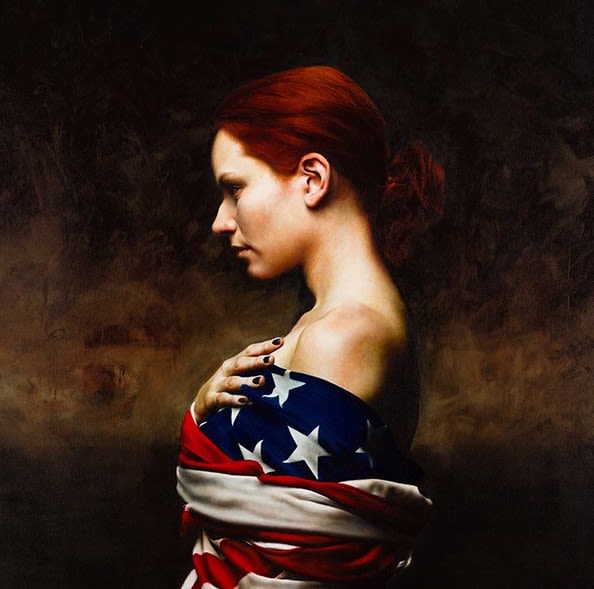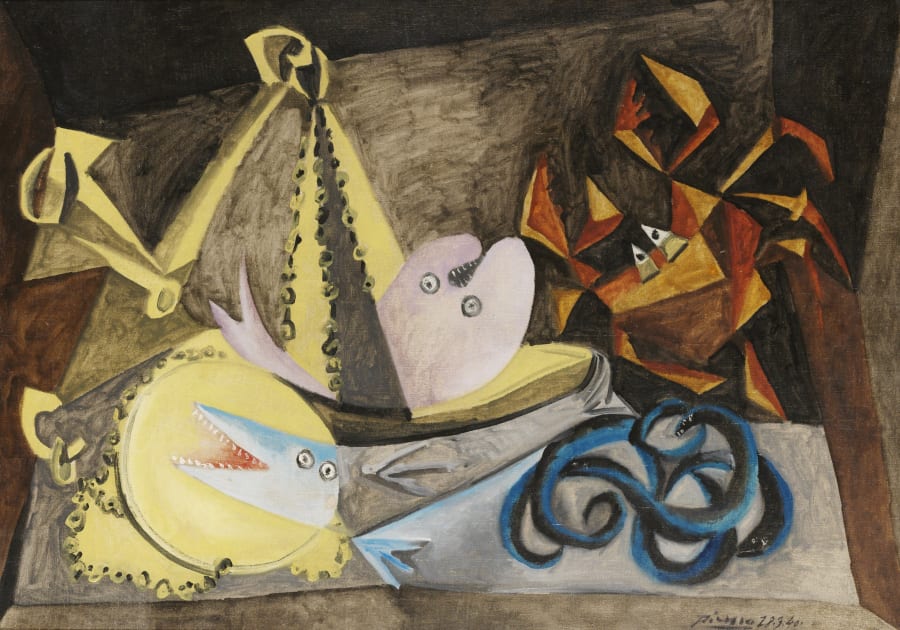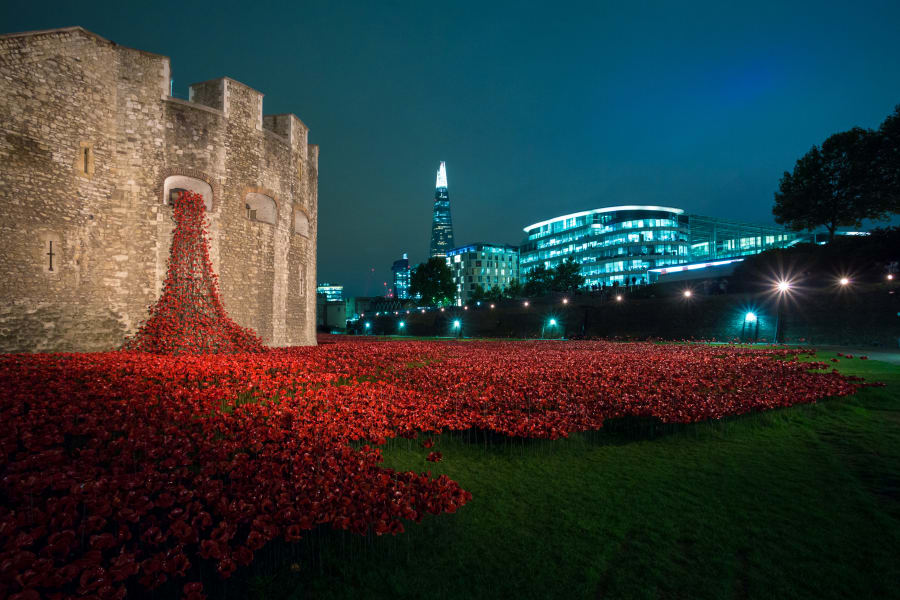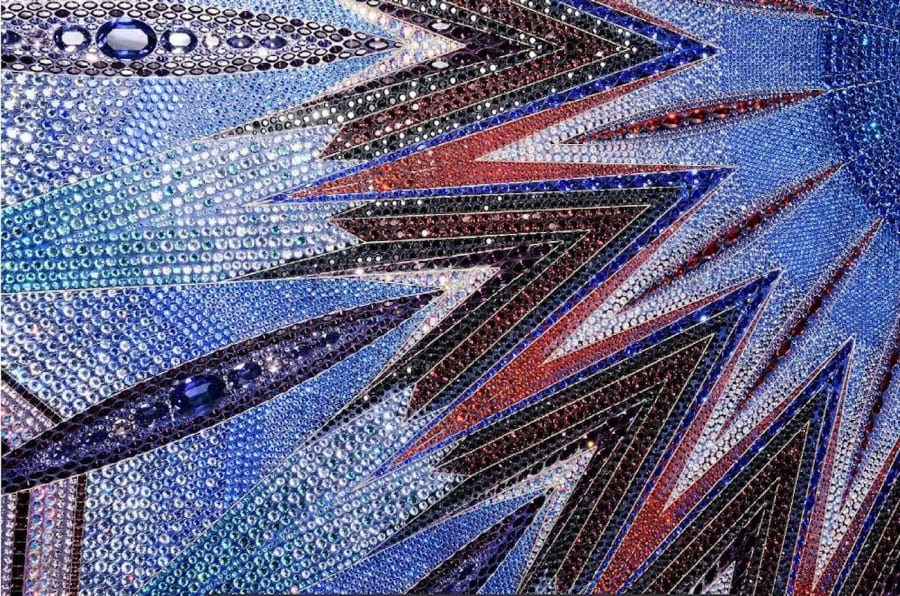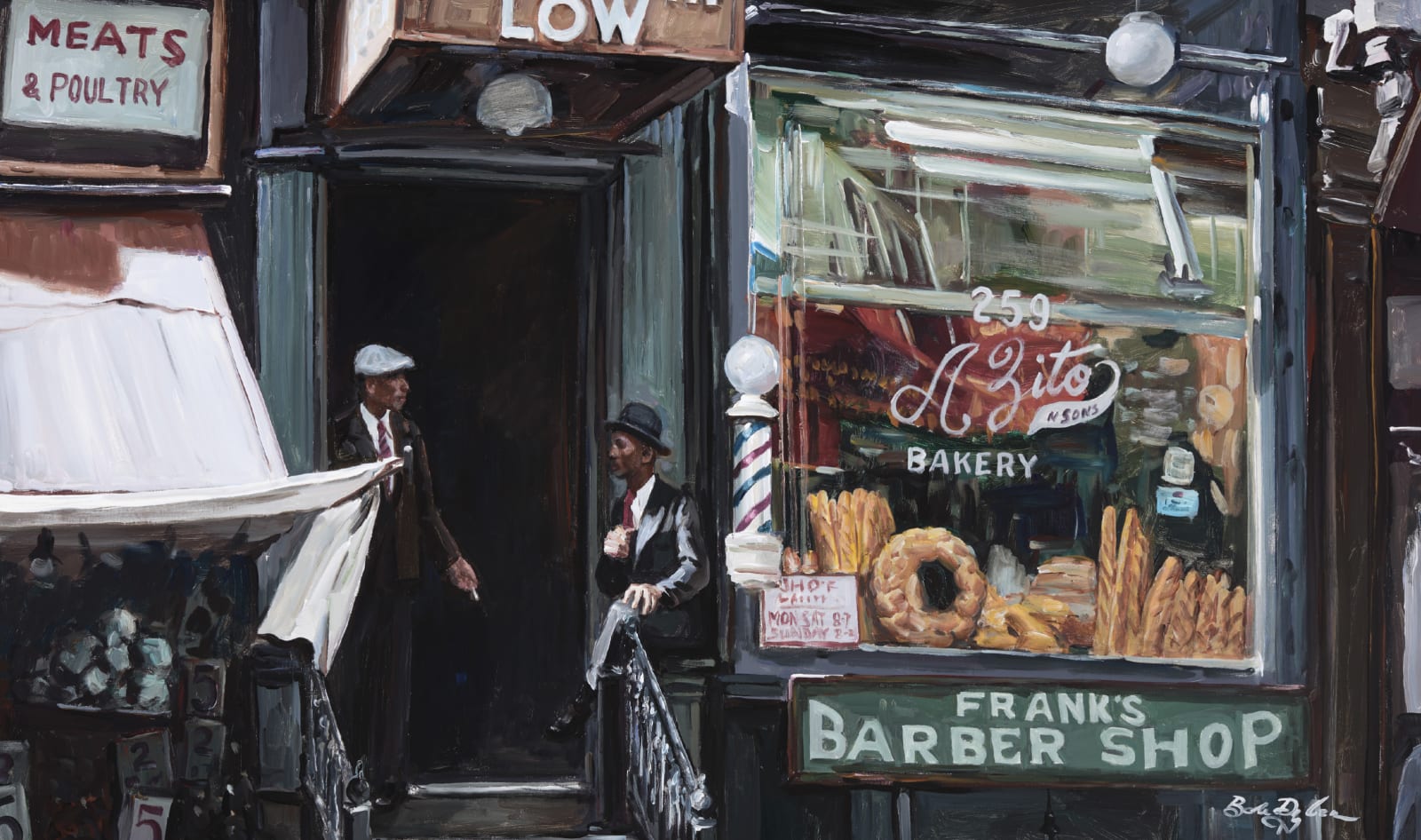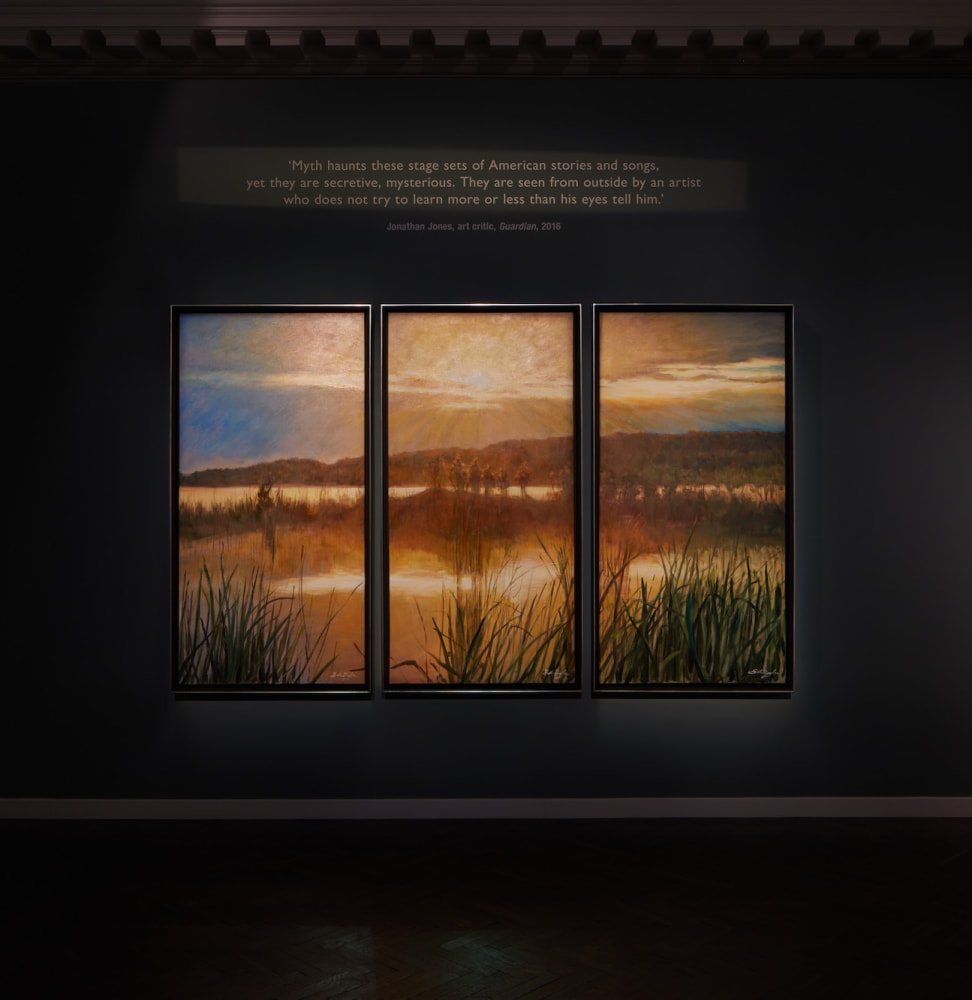Dashi Namdakov
Russian, b. 1967
Dashi Namdakov is a Russian sculptor, graphic artist and jeweller whose works draw on the ancient culture and artistic styles of the Eurasian steppes and on Buddhist and shamanic mythology. His mysterious figures of warriors, princesses, bulls and imaginary creatures create a world of imagery that is powerful yet intricately detailed, conveying an ancient spirituality.
Namdakov was born on 14 February 1967 in the small village of Ukurik in the Chita region of Siberia, close to the Russian-Chinese border. His father, Balzhin, was a skilled craftsman who sculpted wooden statues and painted Buddhist tangkas (icons) as commissions for local monasteries. All eight of his children learned from him an ability to observe nature and translate it into images. Many became artists, but only Dashi received professional training.
At the age of seven, Namdakov was sent to boarding school in Mogzon, an austere place where he was the only ethnic Buryat among the students. Major illness afflicted him when he was 15, and it was several years before he was diagnosed and cured by a shaman doctor. Namdakov was told that the 'spirits' wished him to become a shaman but, although he was still only a teenager, he felt his destiny was to be an artist. The shaman doctor responded, 'Your art is your shamanic practice'. From 1986 to 1988 Namdakov studied in the workshop of sculptor Gennady Vasiliev in Buryatia, continuing from 1988 to 1992 with a course at the Krasnoyarsk State Fine Art Institute that gave him Russian academic training under the famous artists Lev Golovnitsky, Yuri Ishkhanov, Azat Boyarlin and Eduard Pakhomov.
On graduation, Namdakov moved to Ulan-Ude, capital of the Republic of Buryatia, and focused on graphic art. The flowing line and sharply delineated imagery he honed on paper gave way to a remarkable period of creative activity as he transformed his images into sculpture. His first solo show, at a museum in the Siberian city of Irkutsk in the year 2000, successfully launched his artistic career and Namdakov joined the professional Union of Artists. Through his art he personified the historical imagery, mythical creatures and totemic figures of the past, depicting them with a true modernity of form.
'My concept of beauty took shape during my now distant childhood when, as children, we used to sit around the bonfire in the steppes and look at the bottomless black skies with shimmering stars above our heads ... it's the harmony, the single law of universe,' says Namdakov. Maurizio Vanni describes the nomads' conception of everlasting laws of transformation, death and miraculous revival as sacred processes of shamanism and Tibetan Buddhism: 'There are living beings that transform themselves into animals, others that change into plants or flowers ... there are statues that become animated and people that become statues or stones. Hence the feeling of a universe in perpetual alteration.'
Namdakov's sculpture is strongly influenced by the legacies of the ancient Asian nomadic empire and the Middle Ages, from the Iron Age art of Scythians, Sarmatians and Hunnu of the first millennium BC to Mongolian works of the tenth to thirteenth centuries AD. The imagery of warriors, horses and bulls and their attributes - helmets, saddles and twisted horns - echo their ancestral sources. His materials draw on Buryat crafts, for as well as sculpting in bronze, silver, gold and copper Namdakov employs wood, mammoth tusk, leather, horsehair and precious stones. Working equally comfortably on a monumental scale and in miniature, he makes sculptures that recall the intimacy and decorated intricacy of heirloom jewellery.
Despite a cultural taboo, Namdakov has addressed the subject of Genghis Khan, sculpting the great Mongolian leader in bronze (2003, 2011) and acting as art director in the film Mongol (2007), for which he received Russia's Nika Award for Best Art Direction. Other professional achievements and honours include admission to the Russian Union of Artists (2001), the prestigious Silver Medal of the Russian Academy of Arts (2003), 'Siberian of the Year' (2003), Honoured Artist of the Republic of Buryatia (2008), State Prize of the Russian Federation in the field of culture (2009) and Corresponding Member of the Russian Academy of Fine Arts (2010).
Namdakov's art can be found in the collections of the State Tretyakov Gallery, the State Museum of Oriental Art and the Russian Contemporary Art Museum in Moscow; the State Hermitage and the Russian Ethnographical Museum in St Petersburg; the Guangzhou Museum of Art in China; the National Museum of History, Taipei, and the Chi Mei Museum, Tainan, in Taiwan; and in Tibet House in New York. His works are held in private collections in the United States of America, the United Kingdom, France, Belgium, Germany, Switzerland, Japan, Singapore, Taiwan and China. Within Russia, collectors include Russian president Vladimir Putin; the first president of Tatarstan, Mintimer Shaimiev; ex-mayor of Moscow Yuri Luzhkov; and oligarch Roman Abramovich.
Many international galleries and major Russian museums have held solo exhibitions of Namdakov's work in Moscow, St Petersburg, Yekaterinburg, Irkutsk, Kazan, Almaty, Beijing, Guangzhou, Zhongshan, Hong Kong, Singapore, New York, Atlanta and Pietrasanta. In 2012, Halcyon Gallery mounted his first solo exhibition in London. Dashi Namdakov: A Nomad's Universe, presenting 45 sculptures and drawings illustrating the scope of his creativity between 1998 and 2012, was received to great acclaim. This was followed in 2014 by Dashi Namdakov: Between Heaven and Earth, an exhibition of 25 new bronze pieces also held at Halcyon Gallery. Representing the culmination of more than three years work, the show featured animals both real and mythical created on a domestic and monumental scale. In May 2015, Dashi returned to London to unveil She Guardian, an 11 metre high bronze sculpture of a female feline protecting her young. Installed in London's Marble Arch, the work rises majestically above the backdrop of green parkland and urban architecture.
In July 2018 Namdakov's sculpture, Meditation, was installed at the Gardens of Etretat in Normandy. The gardens were created at the end of the 19th century and were owned by French actress, Madame Thebault, a friend of Impressionist artist, Claude Monet. Monet famously depicted scenes from the gardens and took inspiration from the surrounding scenery. Meditation was selected to join the iconic collection of contemporary art on view at the gardens.
In September 2018 Namdakov celebrated the official unveiling of the public sculpture, Karakuz, which depicts the famous Karakuz woman, Chernoglazka, and the legendary Tatar people. The 7-metre piece was installed in Almetyevsk, Republic of Tatarstan, as part of the ongoing Tatneft project to transform the central part of the city.
February 2019 saw the unveiling of Namdakov's latest monumental sculpture, Transformation, at the Siberian Federal University in Krasnoyarsk, Russia. The sculpture depicts a human face, assembled by sculpted pieces of bronze which are constructed to make a small opening inside. On its internal walls are translations of ancient stories passed down by the local ancestors.
Since 2004 Namdakov has lived and worked in Moscow. He is currently engaged on public art projects for Kazakhstan, Buryatia and Beijing.


